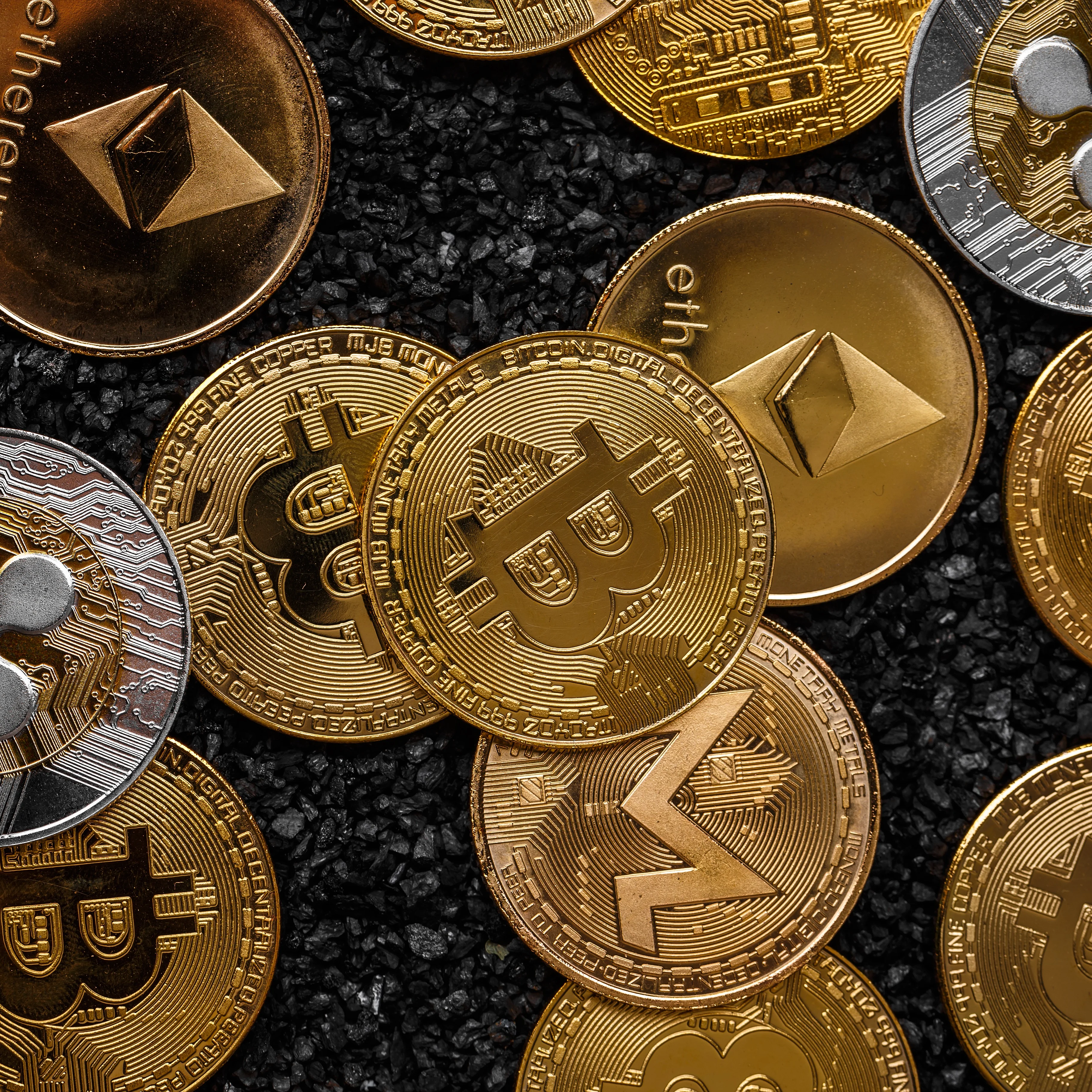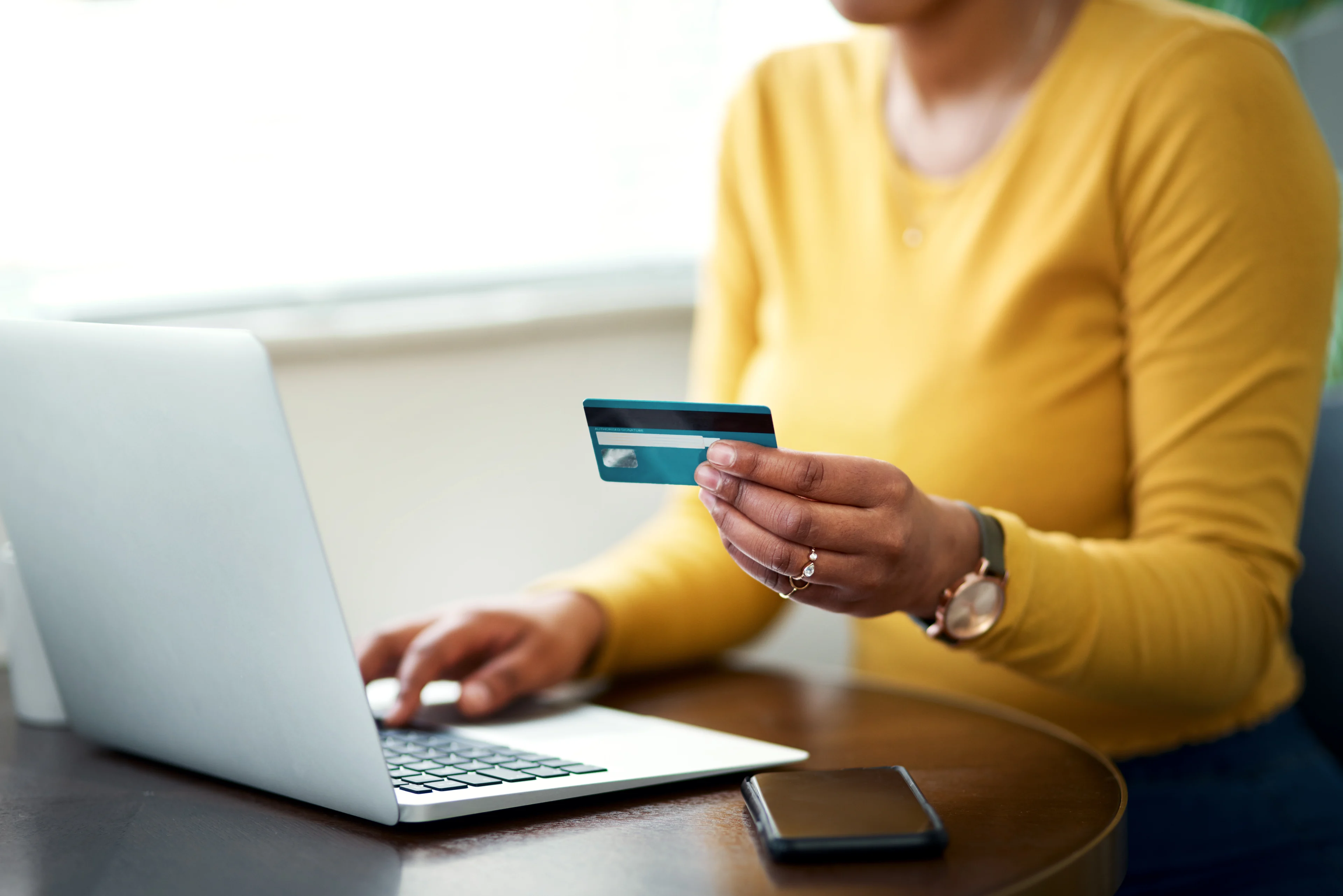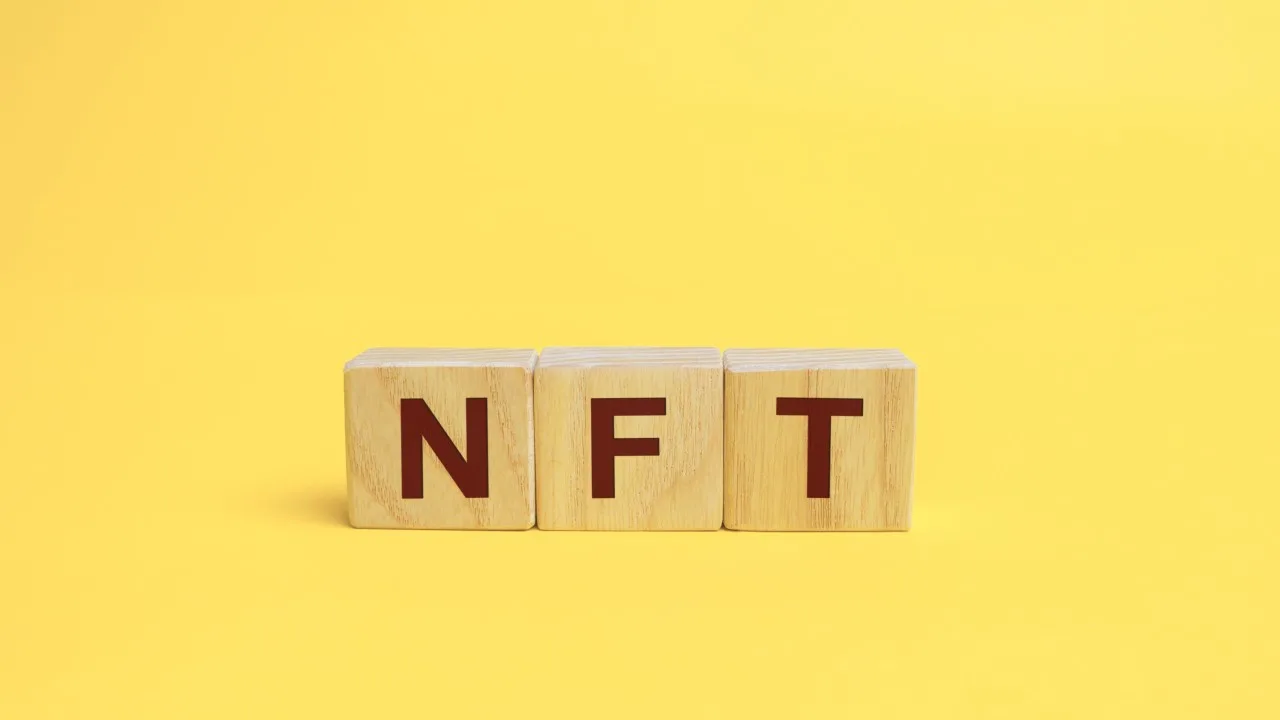Back to Blog
What Are NFTs? A Quick Guide to the Non-Fungible World

Brad Bergan
Mar 7th, 2023
.6 min read

It's one thing to be aware of NFTs. But as one of the greatest developments of blockchain technology, Web3 technology is driving a colossal paradigm shift across industries like finance, gaming, and art.
The technology gained mainstream acclaim in March 2021, when an NFT called Beeple sold for $69 million at Christie's. The ensuing bull run saw a staggering $25 billion in NFT sales through 2021, but like all new technologies, the hype cooled down (but not by much). And with sales volume rising in 2023, NFTs are here to stay, and they're evolving.
That means it's in everyone's interest to know the basics, namely, how NFTs work, where and how to buy them on marketplaces, and the inherent risks of trading in the Web3 world.
What is an NFT?
The term NFT stands for non-fungible tokens, which are unique and indivisible digital assets that can't be copied, substituted, or subdivided, and are recorded in blockchain to represent the ownership of pieces of content like art, music, videos, or other tokenized properties. Each NFT is unique in that it has a distinct set of characteristics that sets it apart from all others. This means you can't make a copy, even if you download the jpeg.
How do NFTs work?
NFTs are built on a blockchain network by encoding the unique properties of a given asset into a digital token. The resulting digital asset can then be bought, sold, and traded like traditional cryptocurrencies but with the advantage of being indivisible (non-fungible).
Building an NFT starts with creating a digital representation of the desired asset. This asset can be a digital artwork, collectible, or digital asset. The digital representation of the asset is then uploaded to a selected blockchain, and a unique token is generated for it. This token is known as an NFT, and is proof of digital asset ownership.
Once the NFT has been created, it's available for minting, sale, and other trading activities — just like other assets. If a person buys the NFT, they become the new owner of the asset represented by the token. That ownership is then recorded on a blockchain, making it easier to prove ownership, since no one can alter the already recorded transactions.
Where can you buy and sell NFTs?
Non-fungible tokens are traded on NFT Marketplaces (platforms that support the trading of NFTs), like OpenSea, SuperRare, and Blur. These platforms have been designed as common grounds for NFT creators and buyers to meet and trade digital assets. Until recently, most would have directed you to Ethereum blockchain for NFT trading, but Bitcoin's Ordinals has created a new use-case for NFTs based on the smallest unit of the cryptocurrency bitcoin, called Satoshis (or sats).
As a new Ordinals protocol for Bitcoin enables users to inscribe each satoshi with arbitrary data, thereby creating an NFT via a smart contract. There's a bit more complexity to the phenomenon, but suffice to say Ethereum isn't your only option when buying and selling NFTs.
Some of the popular NFT trading platforms include:
- Opensea
- SuperRare
- Rarible
- Binance NFT Marketplace
- Magic Eden
How to choose an NFT Marketplace
Whether you're an investor, an artist, or a casual collector, choosing an NFT marketplace isn't the easiest part of the journey. There exists a great abundance of marketplaces to choose from, so it's crucial to consider several factors to ensure a safe and secure experience.
Reputation: Key to the NFT buying process is your investigation of the reputation behind an NFT marketplace. Before you interact with them, find out the essential intel: like its relations with the government, user experience, ratings, and more.
Security: Without reliable security, your risk only increases. Ensure the selected NFT marketplace has a solid track record, with a history of taking measures to protect you from becoming entangled in security breaches. The wrong person with full access can cause immense losses.
User-Friendliness: Evaluate how easy it is to use NFT marketplaces before entangling with any of them. Ensure the experience is sufficiently frictionless, allowing you to find every critical tool in the shortest time.
Fees: Evaluate the transaction fees necessary for operations in the marketplaces and choose the budget-friendly option to increase profit margins.
Community: Look for NFT Marketplaces with active trader and creator communities. Beyond knowing your NFTs will gain notoriety, it's important to have a supportive environment for your NFT adventure.
Integrations: Double-check whether an NFT marketplace integrates with other platforms, tools, and opportunities. With the creator wars in full swing, your trading experience will benefit immensely by planning ahead.
Support: Consider the level of customer support that a platform offers. Eventually, you'll be grateful for active support should a technical difficulty arise.
What are the benefits of NFTs?
NFTs have several benefits over traditional means of ownership and transfer of value.
Verification of Ownership: The tokenization and recording of NFTs on a blockchain make it easy to determine and prove that a specific wallet address or a person owns the asset. As such, it can prevent disputes over the claims on that specific asset.
Immutability: Non-fungible tokens are stored on an immutable blockchain. This means it's a ledger that cannot be altered or deleted by anyone, thus providing a high level of security against fraud and counterfeiting.
Decentralized: NFTs exist on the blockchain, which means they're beyond the control of any central power or authority. As such, only the owner can decide when to trade them, how to trade them, or for what purpose. That means anyone worldwide can trade them without the need for third-party oversight.
Liquidity: Non-fungible tokens can be bought and sold like traditional assets, making it easy to convert them into liquid cash or other valuable assets. This makes it easy for NFT creators to monetize their work, in addition to providing a way for people to invest in tokenized digital assets.
Upgrading the art world: NFTs can include unique pieces of art that you can trade without fear of losing out to counterfeits. As such, artworks like Mona Lisa can be minted as a physical NFT and last for generations, without the fear of being taken advantage of.
Unique and exclusive: Each NFT has key metadata and other characteristics that set it apart from all others, making it a unique piece.
An end to Gatekeeping: Anyone can participate in or engage with your NFT collection. There are no third parties to control who is "eligible" to use the technology, or place arbitrary barriers-to-entry, like one finds in the art world. Therefore, NFTs are an equalizer for content creators and investors from all fields, enabling a new interactive economy free of bias, and open to inclusive growth.
Hands-on education on blockchain technology: While the underlying blockchain technology of NFTs comes with many advantages, there is a slight learning curve. Before you build a suite of prime assets, take time to research and learn more about blockchain technology and how it operates. This pays off substantially, affording you a broader view of the NFT industry and what blockchain technology brings to the table.
What are the risks of trading NFTs?
NFTs are transforming nearly every modern industry, but due to their nascent state, they still carry inherent risks as investments. Here are some primary risks to watch out for:
Regulation uncertainties: Not only is the NFT market largely unregulated, but regulatory bodies like the SEC have so far had a mostly punitive relationship with Web3 technology. This means world governments often hold unfavorable policies on NFTs. As such, it's important to stay aware of incoming regulatory oversight that could affect the market. After all, there is no consumer protection agency for NFTs, which means a greater risk accompanies the trading and offering of Web3 assets.
Volatility: As mentioned before, the NFT market is still in its salad days, which makes for a highly volatile asset. This can cause the value of an NFT asset can surge or falter with fewer institutional warnings from investors and analysts. Luckily, that ecosystem is growing as more people opt-in to the NFT ecosystem.
Limited liquidity: Despite tremendous growth on new marketplaces like Blur and Bitcoin's Ordinals, NFTs aren't as popular as conventional assets. This means some of the rarest NFTs might go unnoticed. In other words, if you don't put the word out on your best assets, your prospects for liability could grow immensely.
"Counterfeit" NFTs: Unlike conventional assets or artwork, NFTs are unique pieces of art that can't be duplicated. But the majority are released as collections, which means bad actors can still build assets with features that mimic reputable collections, making it difficult to tell them apart. This could potentially cost unimaginable losses, so the more you know about your NFTs, the better prepared you are to recognize a genuine part of a collection from a close approximation. For example, a conceptual artist named Ryder Ripps recently settled a lawsuit with Yuga Labs, after the latter party launched a lawsuit against his ability to develop NFTs that look just like a Bored Ape.
FAQ
What are NFTs?
NFTs are indivisible and unique digital assets hosted on a blockchain. Capable of representing art, community membership, physical items, and more, their ownership is minted on the blockchain for indisputable status.
What is tokenization?
Tokenization is the process of replacing sensitive data with a surrogate value known as a token. Once minted on the blockchain, the asset's status is preserved forever.
What is an NFT marketplace?
An NFT marketplace is a digital platform where NFTs are bought, sold, and traded. Major sites like OpenSea feature many tools to track the value and history of most NFTs, in addition to the Web3 ecosystem as a whole.
What are gas fees?
Gas fees are blockchain transaction fees paid to network validators for the services they do to a blockchain. Depending on the marketplace's partnerships, these can sometimes be partially avoided, as is the case with NFT.com's Public Beta.
Related Posts

What Is the Difference Between Crypto and NFTs (2023)
Learn the key features that distinguish NFTs from other varieties of crypto...

Don Thibeau
Feb 24th, 2023

How To Buy NFTs In 2023 - All You Need To Know - NFT.com
Are you new to buying NFTs? Discover the five steps you need to know to pur...

Don Thibeau
Feb 22nd, 2023

How Do NFTs Work? Learn the Basics - NFT.com
Clueless about how NFTs work? Keep reading! This article will explain the w...

Don Thibeau
Feb 7th, 2023